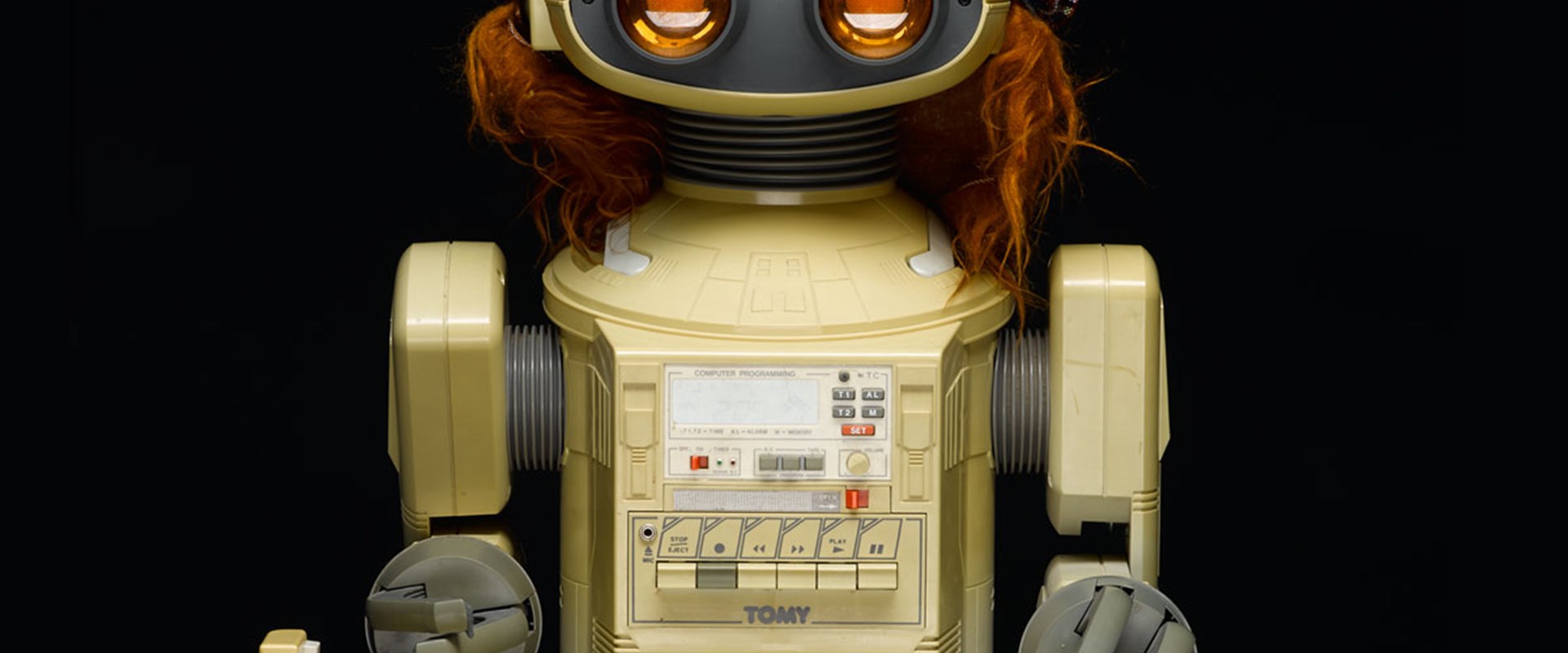A fragment of the 2013 Chelyabinsk Meteor, a robot butler from the 1980s and a rare piece of glass sculpture by Pablo Picasso are among the fascinating objects featured in New to the National Collections, a display opening at the National Museum of Scotland in Edinburgh this Friday, 23 October.
New to the National Collections will highlight a selection of the museums’ recent acquisitions, several of which will be on public display for the first time. From natural science and Scottish history to art and design, the artefacts reflect the diversity of Scotland’s world-class National Collections.
The exhibition provides an exclusive opportunity to preview Pablo Picasso’s Capra (1954), before it goes on permanent display in the new galleries, due to open in summer 2016. An abstract interpretation in iridescent black and white glass, this rare sculpture was designed by the Spanish artist and manufactured by the celebrated Italian glassmaker Egidio Costanti. It will be exhibited alongside a ‘Lago di Como’ cameo vase by Paul Perdizet, produced by the renowned Gallé Glass factory in 1920.
A fragment of the 12,000 tonne meteorite that exploded over the Russian city of Chelyabinsk in 2013 will also be on display. Captured on film by many of the local residents, the explosion caused an estimated one billion roubles (£11 million) of damage to the city and injured over 1,500 people.
DJ, bartender and butler the Omnibot 2000 is a novel piece of technology from the 1980s. Produced by Tomy from 1984 to 1988, the model on show is dressed in a tartan hat, kilt and sporran created by the robot’s original owners.
Featuring makers from around the world, the exhibition also celebrates silversmithing and silver jewellery. Contemporary pieces from Japan, Iran and North America are complemented by a pair of silver communion cups from Balmaghie Parish Church in Kirkcudbrightshire (1617-19).
Notes to Editors
- National Museums Scotland is one of the leading museum groups in the UK and Europe and it looks after collections of national and international importance. The organisation provides loans, partnerships, research and training in Scotland and internationally. Our individual museums are the National Museum of Scotland, the National Museum of Flight, the National Museum of Rural Life and the National War Museum. The National Museums Collection Centre in Edinburgh houses conservation and research facilities as well as collections not currently on display.
- The National Museum of Scotland reopened in summer 2011 following a three-year, £50m redevelopment. With over 7.5 million visitors since reopening, the National Museum of Scotland is the most popular museum in the country outside of London (source: Association of Leading Visitor Attractions). It was also voted the number one museum in the UK in TripAdvisor’s inaugural Travellers’ Choice Awards.

